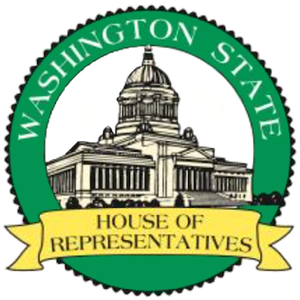The Washington State House Commerce and Gaming Committee (WA House COG) considers issues relating to the regulation of commerce in alcohol, tobacco and cannabis, as well as issues relating to the regulation and oversight of gaming, including tribal compacts.
Work Session
- Social Equity in Cannabis Task Force
- Cannabis Science Task Force
- Problem Gambling Task Force
- University of Washington Addictions, Drug & Alcohol Institute
